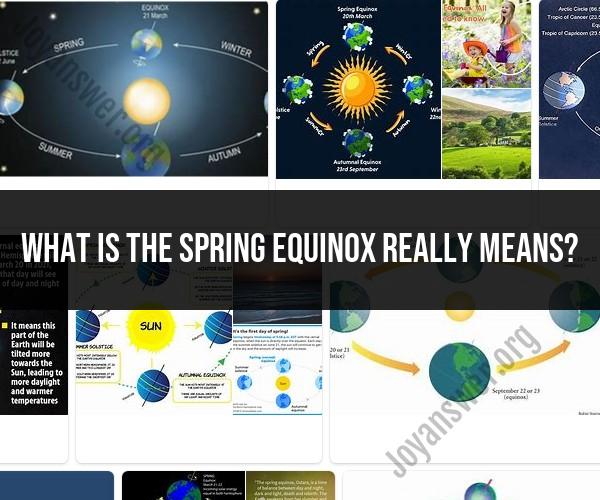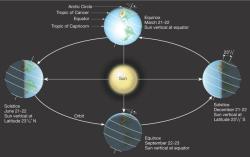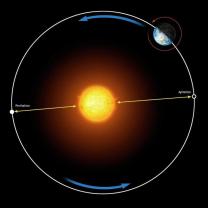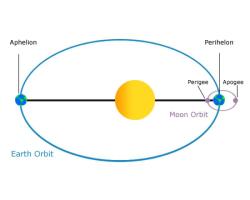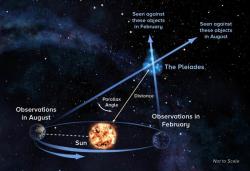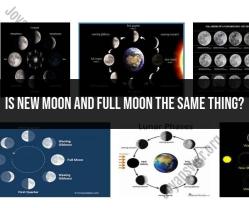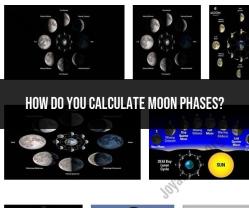What is the spring equinox really means?
The spring equinox, also known as the vernal equinox, is an astronomical event that marks the beginning of spring in the Northern Hemisphere. It occurs around March 20th or 21st each year and holds significance in various cultures and traditions beyond just its presence on the calendar. Here's a deeper look at the spring equinox:
1. Astronomical Significance:The equinox occurs when the Earth's axis is not tilted toward or away from the sun. As a result, both the Northern and Southern Hemispheres receive nearly equal amounts of sunlight, resulting in roughly 12 hours of daylight and 12 hours of darkness.
2. Cultural and Symbolic Meaning:The spring equinox has been celebrated and observed in different ways across cultures and throughout history. It often symbolizes themes of renewal, rebirth, and balance. Many cultures view the equinox as a time of transition from the darkness of winter to the light of spring.
3. Festivals and Traditions:Various cultures have celebrated the spring equinox with festivals, rituals, and traditions. For example:
- In ancient cultures like the Mayans and Persians, the spring equinox marked the beginning of their new year.
- The ancient Celtic celebration of Ostara, still observed by modern Pagans, honors the goddess of spring and fertility.
- In Japan, the equinox is celebrated with the Higan festival, a time for reflection and visiting the graves of ancestors.
- Christian traditions celebrate Easter around the time of the spring equinox, linking themes of rebirth and resurrection with the equinox's symbolism.
4. Natural Phenomena:The equinox can also trigger natural phenomena:
- In some locations, the spring equinox is associated with the bloom of certain flowers and the return of migratory birds.
- The equinoxes are important markers for astronomers and skywatchers, as they influence the position of the sun and the length of daylight.
5. Scientific Education:The equinoxes provide opportunities for scientific education, as they illustrate the Earth's axial tilt and its orbit around the sun. Educational institutions and science centers often use the equinoxes as teachable moments to explain concepts like seasons, solar angles, and the Earth's relationship to the sun.
Overall, the spring equinox is more than just a date on the calendar; it's a celestial event that carries cultural, symbolic, and scientific significance. It serves as a reminder of the interconnectedness of Earth, nature, and human traditions.
